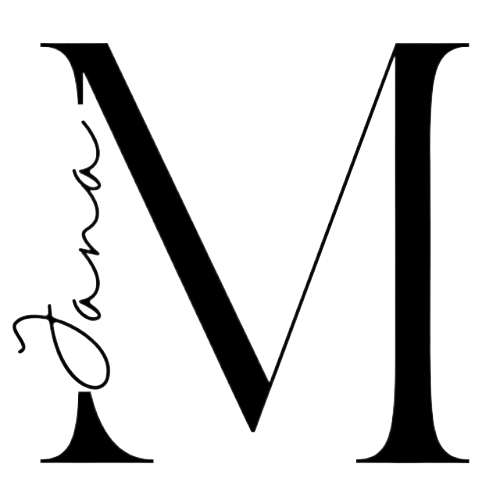
The entire state of Tasmania, the little island state south of Melbourne, is filled with stunning natural beauty. From the famous Cradle Mountain and its six-day Overland Track, to the iconic Wineglass Bay in the east, down to Bruny Island and Mount Wellington in the south, you could spend weeks exploring the nuances of this gem.
I spent today exploring the northeastern corner on a roadtrip with Australian Explorer to the jaw-dropping Bay of Fires via the beautiful Bridestowe Lavender Estate.
Tasmanian History
One of the best parts of the tour (aside of course from the incredible scenery) was just how much our tour guide knew about Tasmania. Having been born and raised in Launceston and running a tourism business for the past twenty-nine years, he knew just about everything there is to know. I'd like to share some of the history I learned:
Tasmania is full of rich volcanic soil originating from a number of volcanic holes which used to spew lava onto the land. The main one is in the heart of Launceston, in the Cataract Gorge, now named First Basin. No-one knows how deep First Basin is under the layers of mud at the bottom. Tasmania shares a lot of wildlife and nature with New Zealand, mainland Australia, India and South America. This is because all these countries used to be connected in one giant land mass called Gondwana sixty million years ago.
Scientists have proven that, 21,000 years ago, the last ice age which lasted 3,000 years sucked all the water out of the world's oceans into the ice. This process exposed a narrow strip of land that connected Tasmania to mainland Australia, so in fact, during the ice ages, Tasmania is just a peninsula of Australia and not an island! There are a few small dotted islands in the strait between Tasmania and Australia today; these are the highest points of the covered strip of land.
Going further back in time, 60-80,000 years ago, the Tasmanian Aboriginals arrived through Asia overland. Their closest living relatives are Papua New Guineans. Tasmanian Aboriginals developed much slower than mainland Aboriginals including their inability to produce fire (they only had fire during lightning strikes and then would keep these fires alive, but could not start them themselves), their lack of advanced hunting methods (predominantly rocks and spears) and their inability to create complex canoes and boats (they used reed rafts that eventually would sink).
Tasmanian Aboriginals never developed settlements or sophisticated agriculture as they moved around the island following the food sources every few weeks; they were predominantly hunter-gatherers. They did this for 18,000 years - until the Europeans came.
In 1642, the first European, the Dutch Abel Tasman landed on the west coast of what he called Van Diemen's Land. He was there looking to trade with the locals, not to colonize the land. Unfortunately, the west coast of Tasmania is predominantly thick rainforest where Aboriginals didn't particularly like to live, so not long after, Abel Tasman declared the island uninhabited and headed south for New Zealand.
In 1772, French Captain Marion du Fresne arrived with the intention of claiming Van Diemen's Land as a French territory. He arrived on the east coast, the much more beautiful and liveable side of the island full of safe harbours, pleasing weather and stunning beaches. Naturally, this was were most of the Aboriginals were living. They had never seen a white man before, let alone clothing or even the impressive ships sailed of du Fresne's fleet. They were scared of these newcomers and threw rocks and spears at the French, injuring thirteen and killing one. The French fled and headed for New Zealand where they found the equally unwelcoming Maori who killed most of the French crew (and likely ate them).
In 1777, English Captain Tobias Furneaux arrived to establish a British settlement in Sydney. By 1788, all of Australia including Van Diemen's Land along with New Zealand were claimed for the British Empire. The French Revolution was on the verge of erupting, so the French were too occupied with home matters to worry about oversees territories being taken away.
In 1791, British sailors Bass and Flinders were the first to circumnavigate Tasmania, proving it was an island. The strait between Van Diemen's Land and mainland Australia was named Bass Strait in honour.
Most geographical names on the western side are Dutch, named so for Abel Tasman's expedition. Most geographical names on the eastern side are French, named so for Marion du Fresne's expedition. However, as Van Diemen's Land was now settled by the English, all town names were copied from the United Kingdom.
As the Sydney settlement expanded, food supplies were not delivered fast enough from England, so they had to begin supplying their own food. The land around Sydney proved unfertile and difficult to grow so they established Launceston in 1806 on Van Diemen's Land which proved rich in soil. Launceston is the 4th oldest settlement in Australia and the 3rd ever to have achieved city status.
However, Launceston and the surrounding areas were covered in trees and the land had to be cleared in order for farming to begin. The overcrowded prisons in England decided that sending prisoners to Tasmania to work the land was a good way of dealing with the overflow. People were imprisoned for even the smallest charges such as stealing a loaf of bread. Those criminals that were sent to Australia to work the land and build roads and towns were called convicts. The crossing took five-six months, during which many died. Those who made it had a minimum seven-year sentence to serve of back-breaking work. However, when their sentences ended, most no longer had a life to go back to in England and decided that they liked the weather, water, job opportunities and life expectancy of Australia. So they stayed.
Unfortunately, the new English settlers were horrible to the Tasmanian Aboriginals. They pushed them off their land. Small groups of Aboriginals fought back by ambushing farms. Instead of going after these small groups, the government decided to launch a genocide to wipe out the Aboriginals. Many were hung or pushed off cliffs or sent into the ocean and shot if they tried to come up the beach. There were even bounties placed on Aboriginals so that Englishmen were paid if they successfully hunted an Aboriginal. When there were only a few hundred left, they were sent to Cape Barren where diseases brought from Europe (measles, chickenpox, influenza) wiped them out. Today, the most Aboriginal persons remaining are just 1/16th Aboriginal - this is from Englishmen using Aboriginal women as wives. Tasmanian Aboriginals today look European as their bloodlines are so diluted. It was not until 1967 that Aboriginals were recognized as equals in Australia.
In 1856, in order to entice people to relocate from Europe to Van Diemen's Land, the government changed the name from Van Diemen's Land (associated with mass genocide and convicts) to Tasmania (an unknown and therefore enticing place). It was named for Abel Tasman and was literally a marketing gig.
Tasmanian Economy
Mining is the biggest industry in Tasmania with the west coast (UNESCO protected land) being rich in tin, gold, silver, zinc, copper, magnesium and iron. Tin mining made Launceston rich for forty years, so much so that they had to import Chinese people to work in the mines. Once the tin ran out, most of the Chinese stayed as they had lived here and grown families here for decades. Most became vegetable farmers on the rich soil.
Agriculture is the second biggest industry in Tasmania thanks to the rich soil and fresh, clean air and water. As the majority of the world's population lives in the Northern Hemisphere, Tasmania is a huge supplier to the world during their winter months as it is summer from October-March down under. More than 90% of crops grown in Tasmania are for export including but not limited to: oats, barley, sunflowers, canola, wheat, potatoes, carrots, turnips, beets, radishes, peas, beans, corn, cauliflowers, asparagus, pumpkins, apples, cherries, apricots, pears, plums, nectarines, peaches, prunes, olives (mostly pressed for oil), avocados, lemons, limes, walnuts, hazelnuts, wasabi, ginger, saffron, poppies (57% of the world's supply for opium for hospital medications) and - surprisingly - tulips to the Netherlands for their winter months!
Tourism is the third biggest industry in Tasmania, followed by fishing. We visited an oyster farm where there are always at least 2.5 million oysters being grown all year round. Wow.
Bay of Fires Roadtrip Stops
On to the roadtrip! We began in Launceston, stopping off in Scottsdale at a local bakery for a morning snack. From there, we drove east and enjoyed a day out in the sunshine.
Bridestowe Lavender Estate
Just under an hour away from Launceston is the stunning Bridestowe Lavender Estate. Anyone who knows me knows lavenders are my favourite flowers (and I seek them out around the world: see Provence, France and see Salt Spring Island, Canada). The flowers only bloom for December and January so if you visit during high season, you will witness far-reaching rows of stunning purple in front of mountains. The rows are curved so that rainwater can run down the sides; if they stayed in one place the flowers would grow moldy. The only type of lavender that can be used in food or cosmetics is the breed without camphor oil.




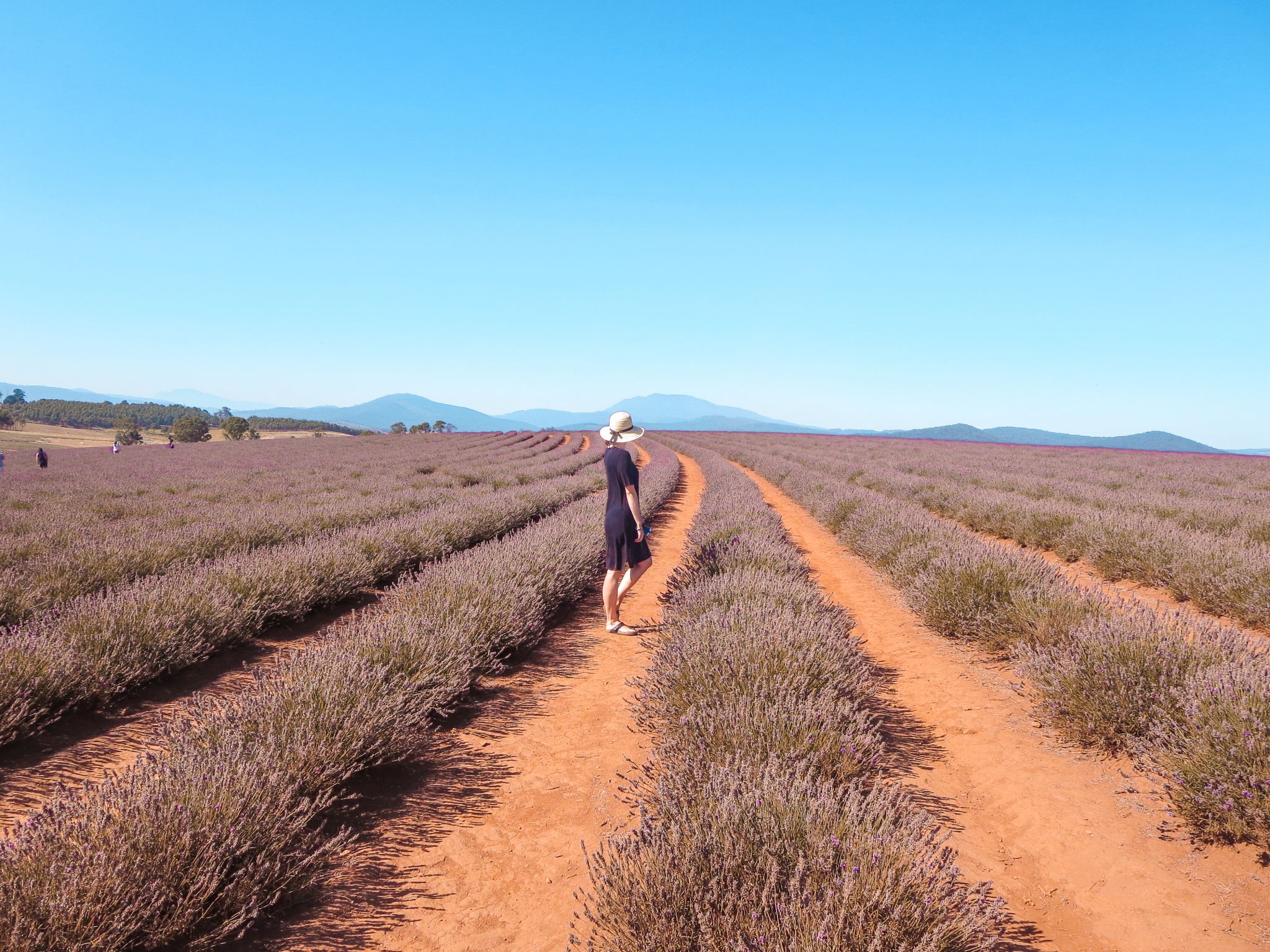
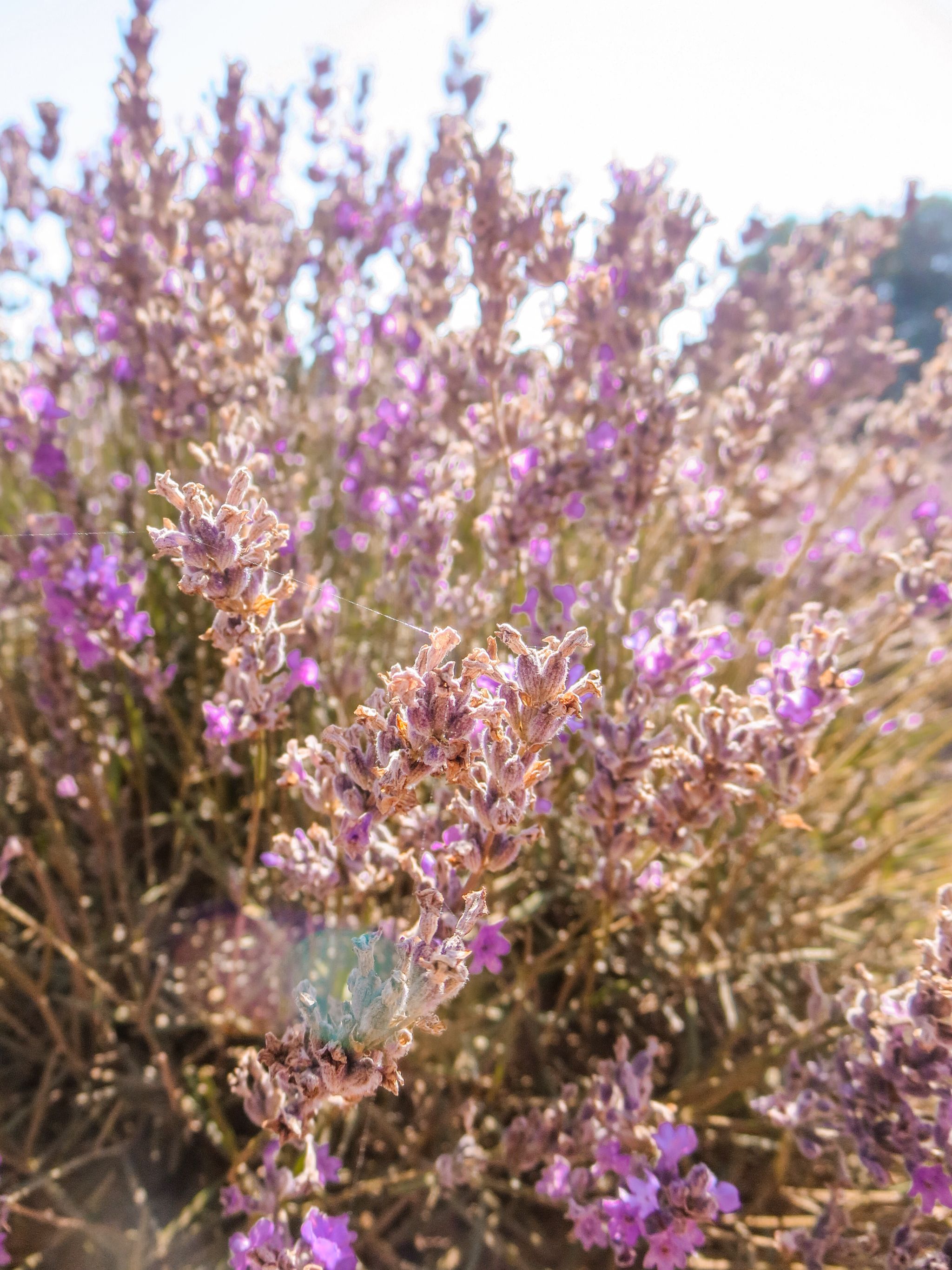
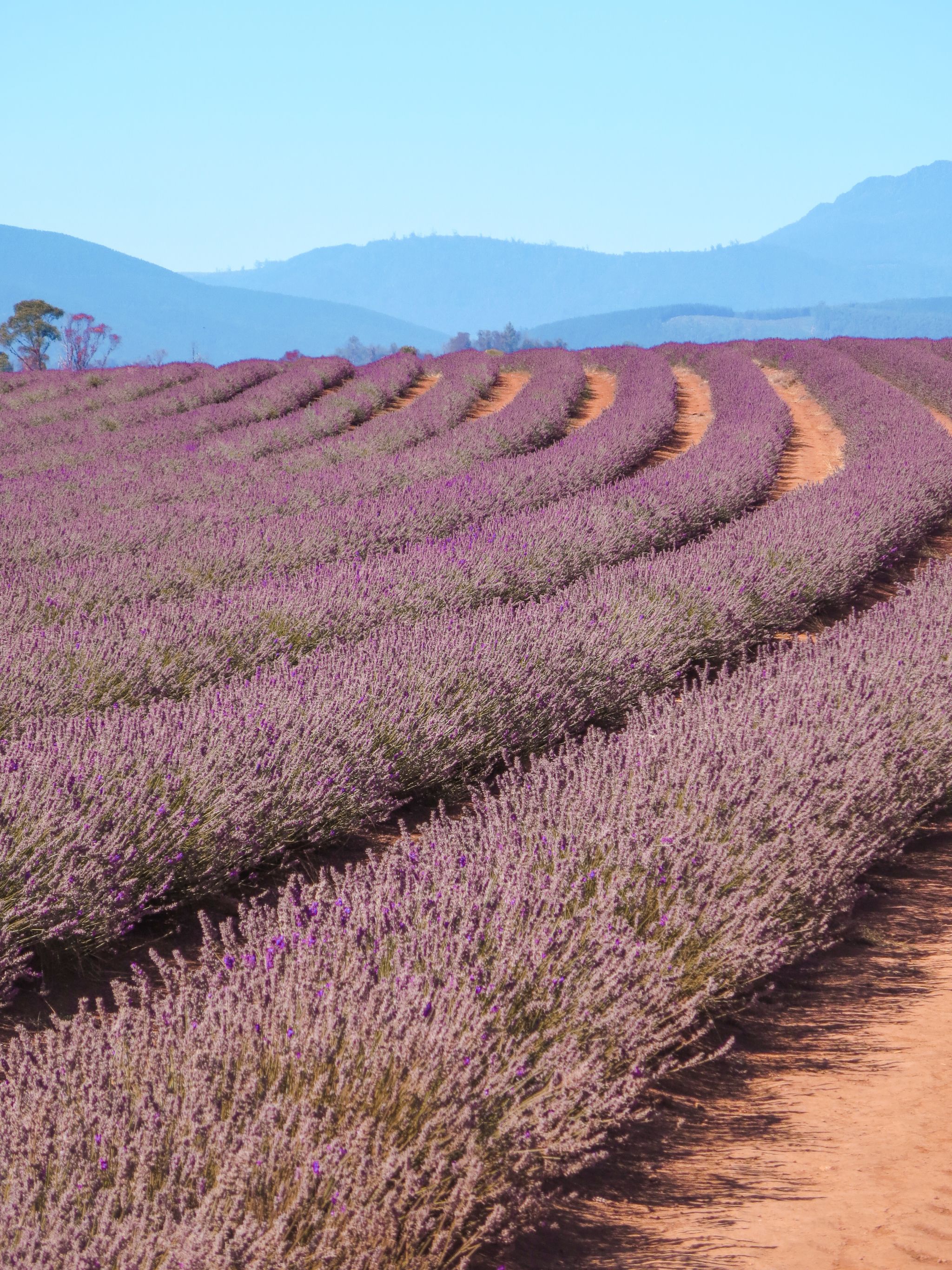



Binalong Bay
The first stop on the Bay of Fires route was the stunning Binalong Bay. Home to wealthy Tasmanians and plenty of holiday rentals, this place is paradise. I have never seen sand so white or water so blue.
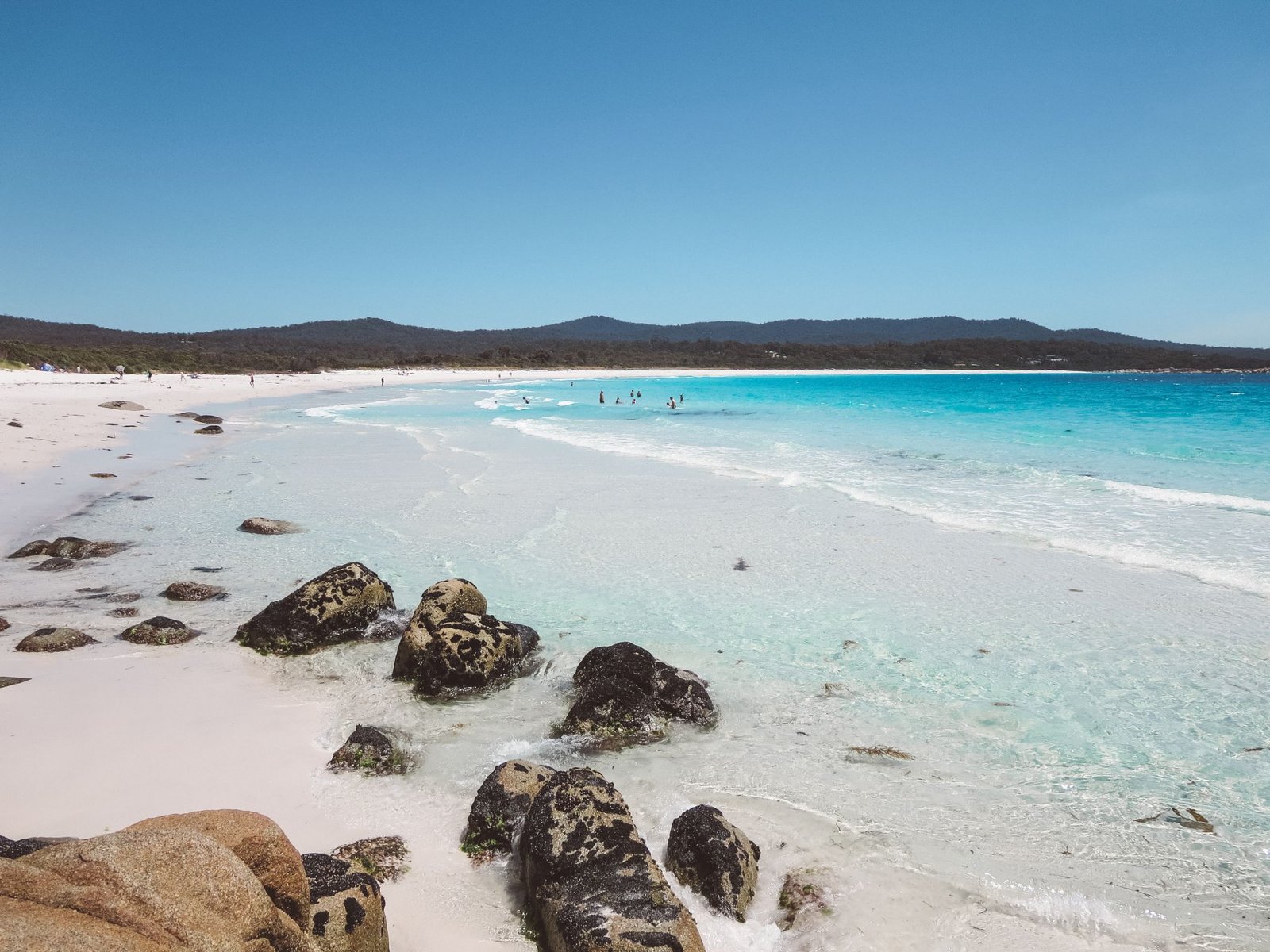
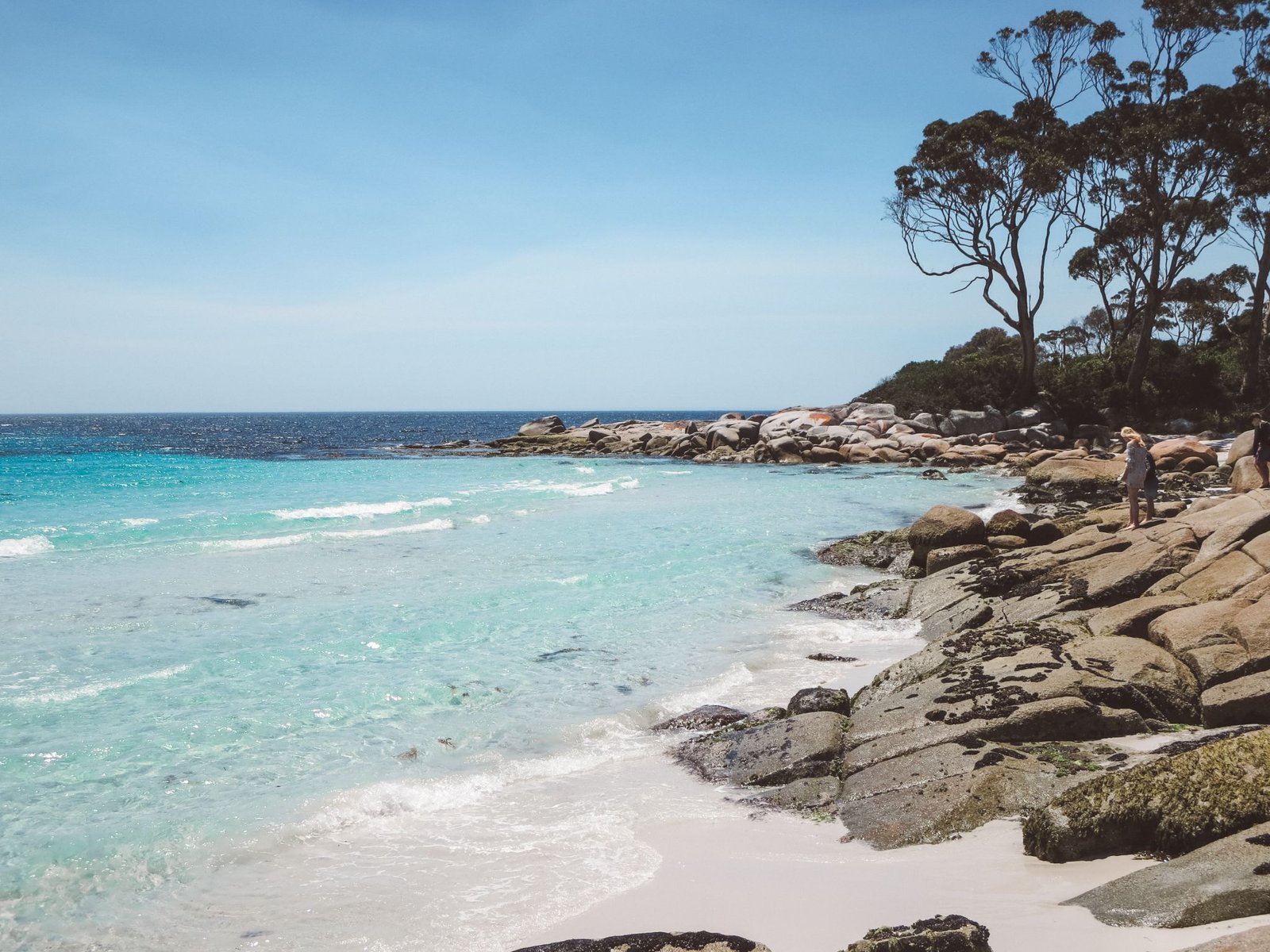
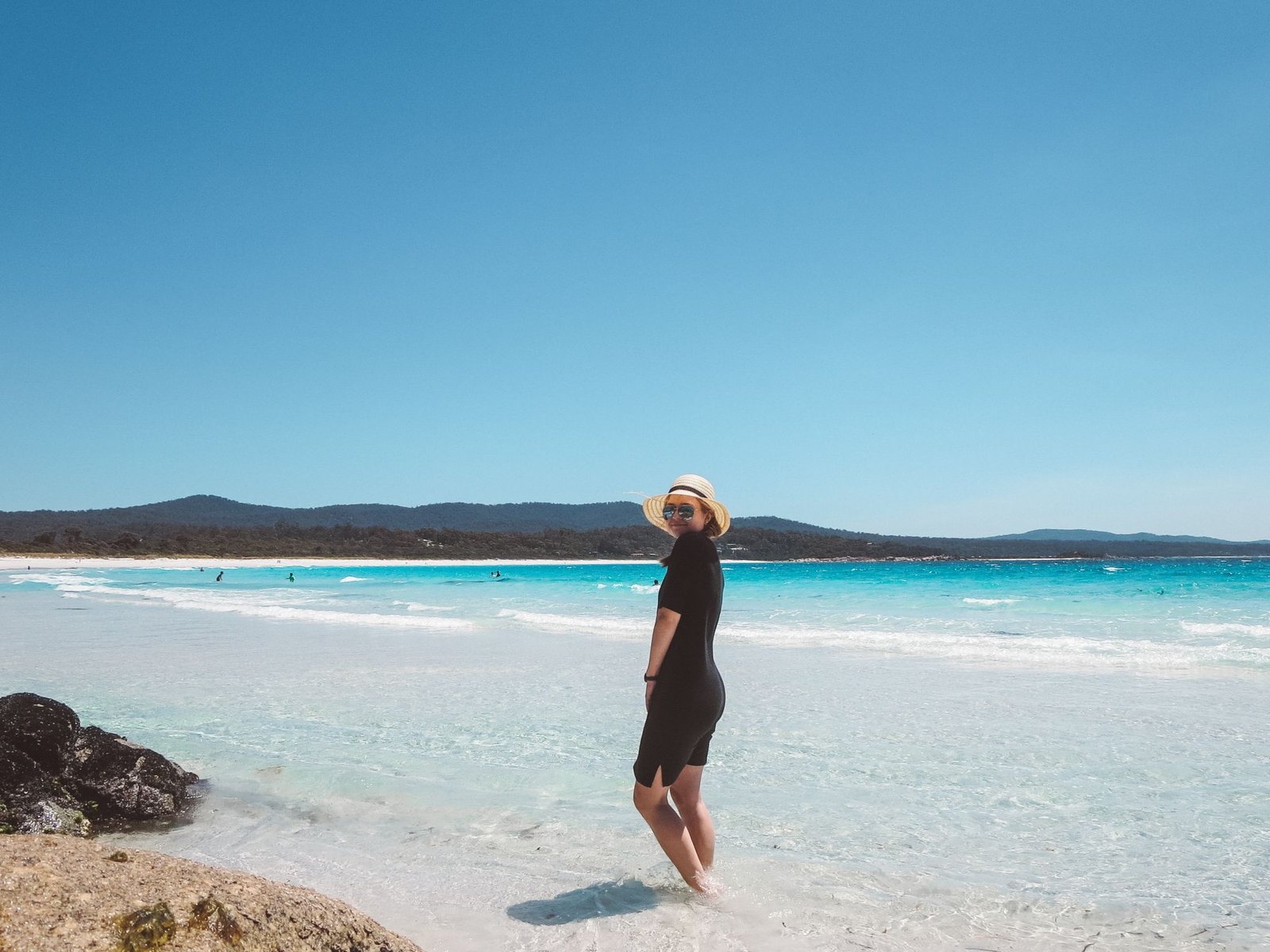


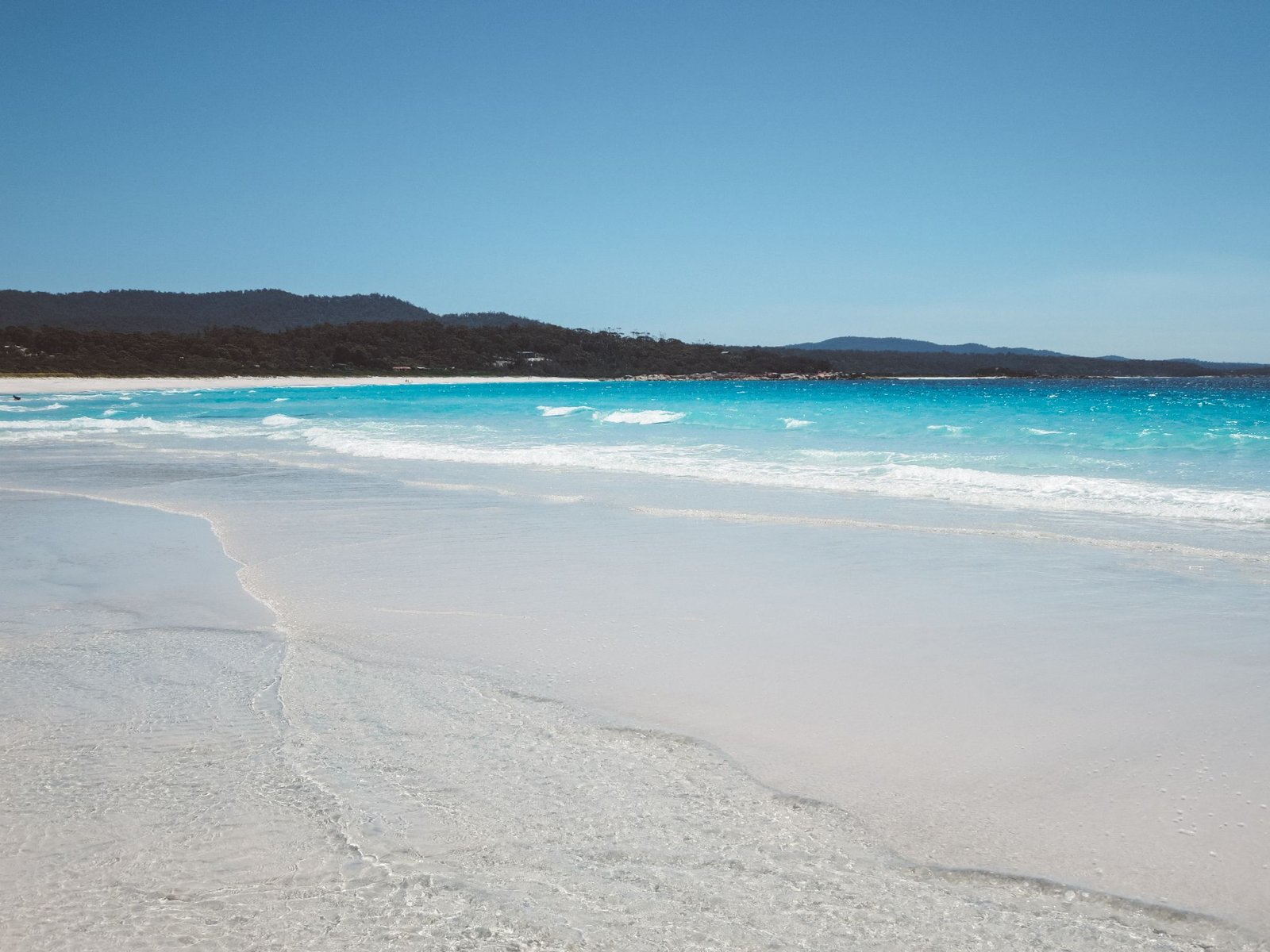
Harbour Point
Just past Binalong Bay is a stark rocky outcrop covered in picturesque orange lichen. Stop here for a sweet walk, enjoying the sea creatures and the views along the way.

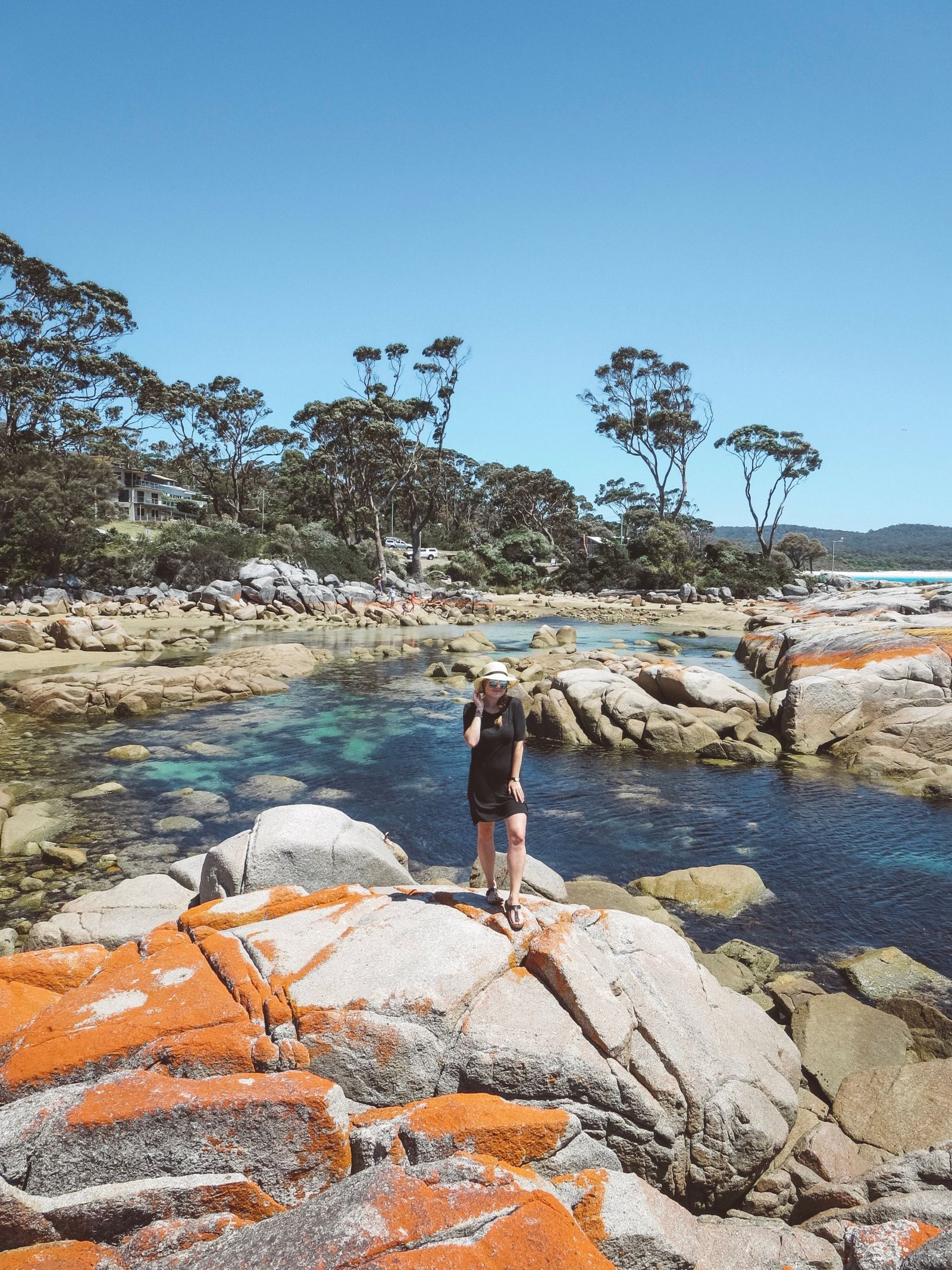

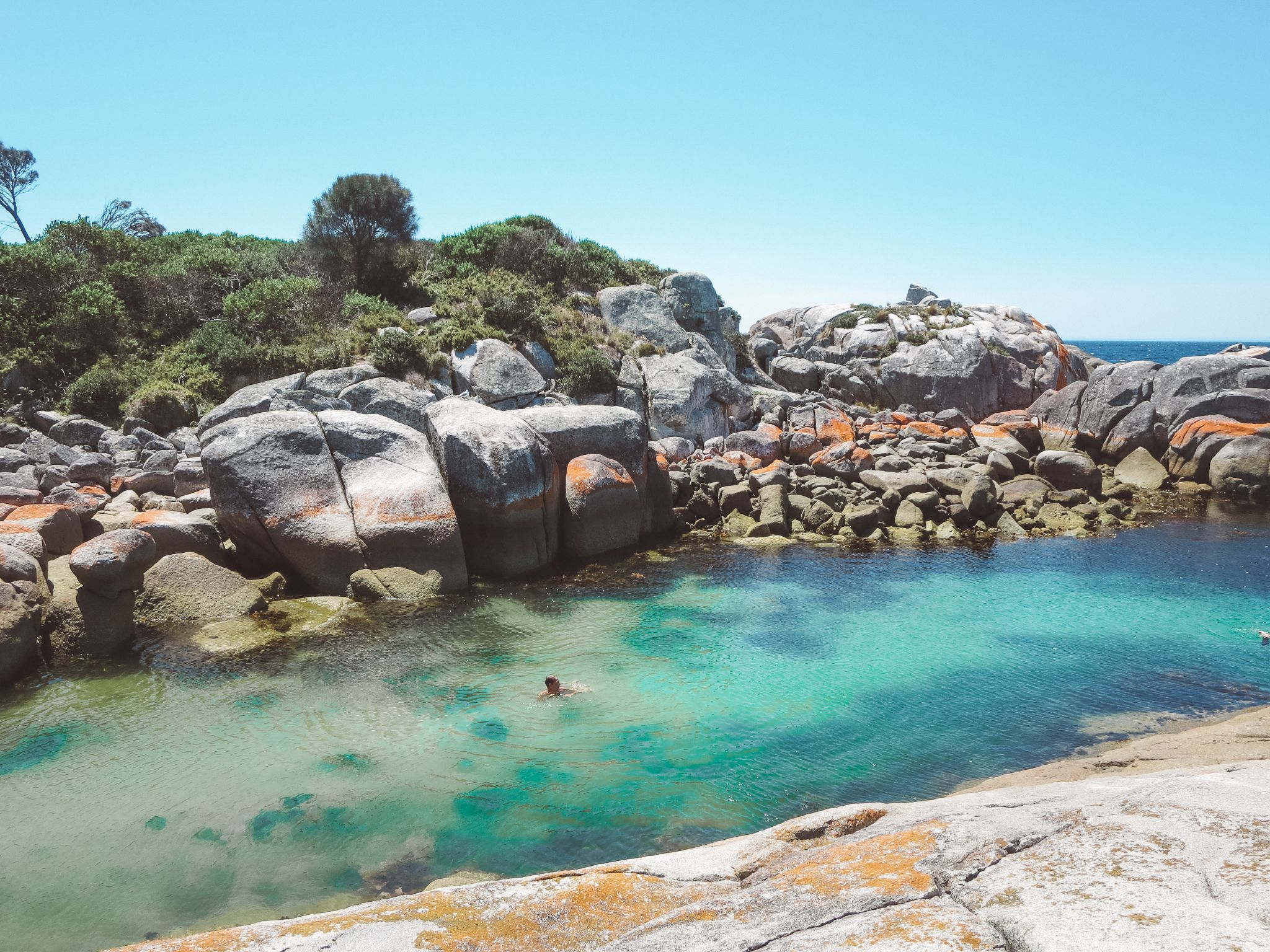

Taylor's Beach
The most idyllic beach ever, you will very likely have Taylor's Beach all to yourself. It's accessible only by car and isn't nearly as touristy as neighbouring Binalong Bay. Walk along the 1km stretch of pure white sand and think of how blissful life is.



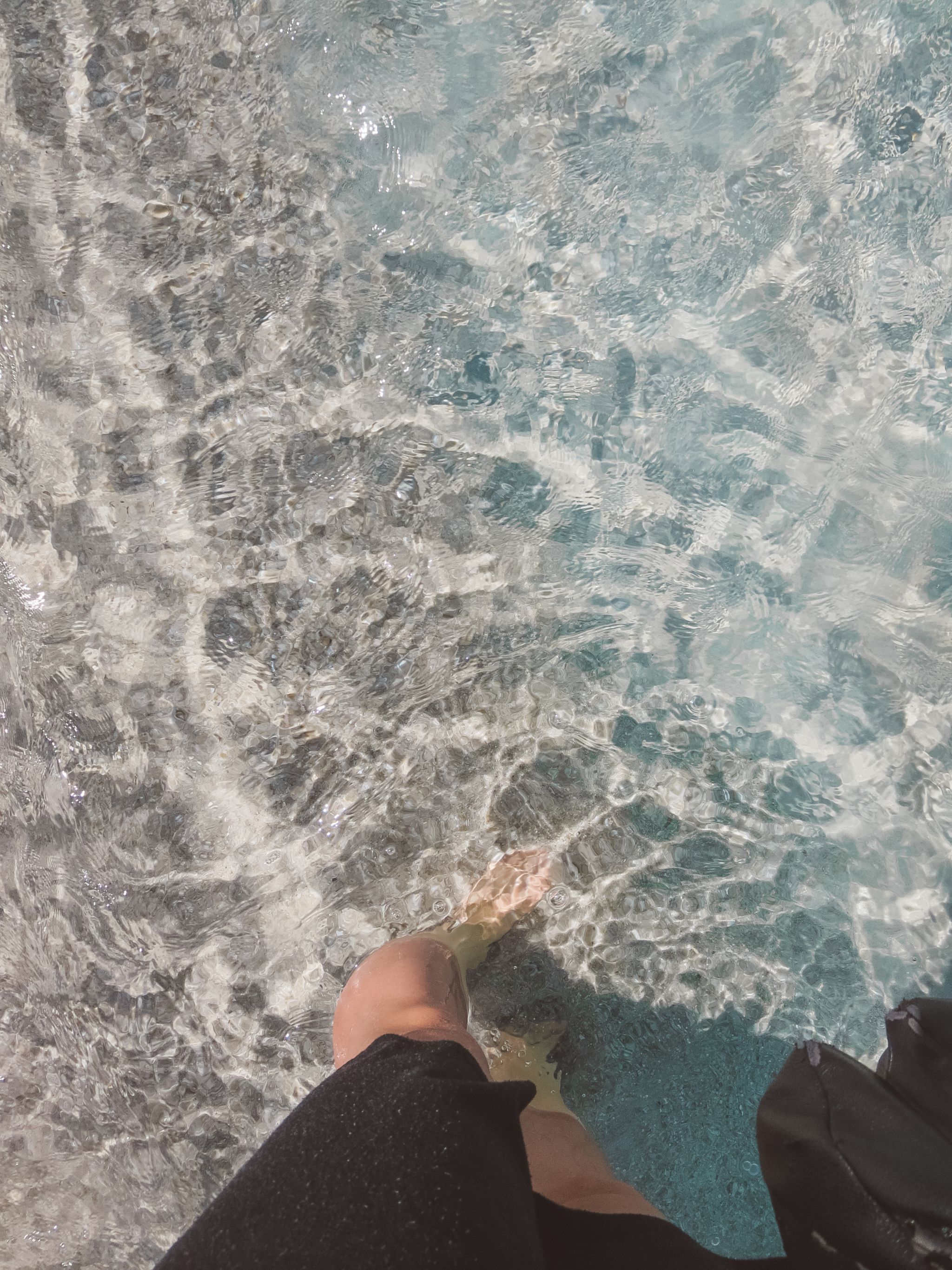

Hi! I’m Jana, a Dutch-German-British-Canadian with a dream of seeing every country in the world. I am a storyteller, photographer and adventurer passionate about documenting and sharing my travels.
